Portrait of a man with book
Oil on canvas, cm 33.5 x 24
With frame cm 51 x 62,5
The severe awareness that is reflected in the eyes of the portrait, increased by the exceptional expressiveness that the artist of the painting was able to materialize, seems symptomatic of his wisdom, along with the attitude of dignified composure. The artist focuses on the fine wrinkles that crinkle her forehead, adding silent glow to her beard and eyebrows. The character is clothed with a tunic, which reveals a shoulder; this wisdom, compared to the book held in his hands and the morally upright aspect of man, contributes to make it more likely to identify him as an evangelist, a prophet or a scholar, compared to a classical and generic reader.
The painting betrays the typical styles of the Romagna culture, emphasizing the polycentrism of the city of Bologna and the more widespread Emilian style, which was able to collect in new synthesis import models such as the Marche style of Zuccari, in Emilia with some of the blades, as well as the Romanism of the Cavalier d'Arpino when his Pala del Rosario transited through Cesena. The Emilian territory also knew how to welcome a more Venetian and Lombard formalism; the most Venetian imprint is revealed in this painting through comparisons that can be made with the production of the Gandolfi brothers from Emilia, both from a stay in Veneto. Convincing are in this regard certain executions of the brothers artists, who when they moved away from the most built pomposity, knew how to make paintings of remarkable psychological recognition, spies of the multiform culture emiliana.San Giuseppe with Child by Ubaldo (private collection), and the paintings of Gaetano with Testa di uomo barbuto (coll. private), Allegoria della Fede con la Trinità, S. Pietro e S. Paolo (church of S. Stefano, Bazzano), Sacra Famiglia (Pinacoteca Nazionale di Bologna), Institution of the Eucharist (church of S. Lorenzo, Budrio) and St. Joseph (private coll, London) betray figurative subtleties that also recur in the present through the study of male characters, sign of the common basin of interference. Ubaldo Gandolfi (San Matteo della Decima/Bologna, 1728 - Ravenna, 1781) made the trip to the lagoon in 1760, following the example of the Piazzetta; his brother Gaetano (San Matteo della Decima, 1734 - Bologna, 1802) was trained at the academy of fine arts in Bologna, In 1760 he joined his brother, studying the works of the Tiepolo and other Veneti.
The same formal imprint, although less precise figuratively than today’s, especially in the capillary fidelity to the naturalism of the really exceptional incarnate in the painting under examination, was by Giuseppe Marchesi known as Sansone (Bologna, 1699 - ivi, 1771). Compare the male portraits contained in the Announcement of the birth of Mary Virgin (collection Montanari Fantini, Bologna, sketch for a mural), in the Archimedes of the Pinacoteca Stuard and finally within the Deposition (coll. private). Finally, an equal coloristic stamp is appreciated in the Erminia and the shepherds (National Gallery of Bologna) of another protagonist of the first half of the eighteenth century, Giovan Antonio Burrini (Bologna, 1656 - I ivi, 1727). First rival of Sebastiano Ricci, the painter met in Venice the art of Veronese and Tintoretto; returned to Bologna, he entered into close friendship with Giuseppe Maria Crespi.
The object is in good condition

















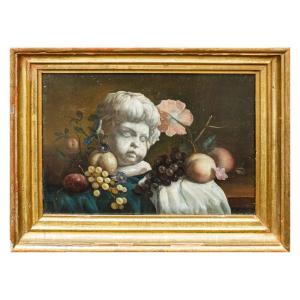



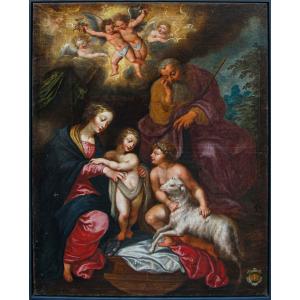

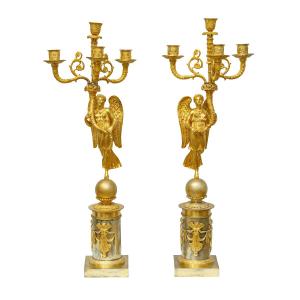



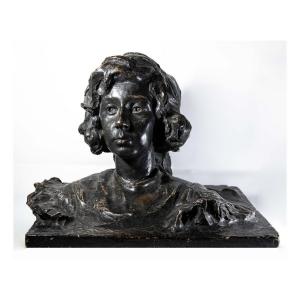

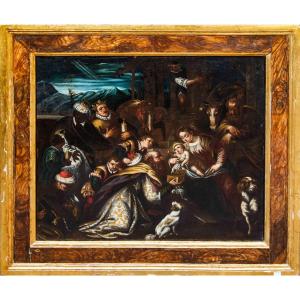



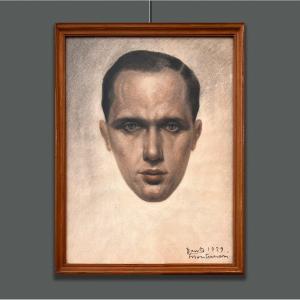
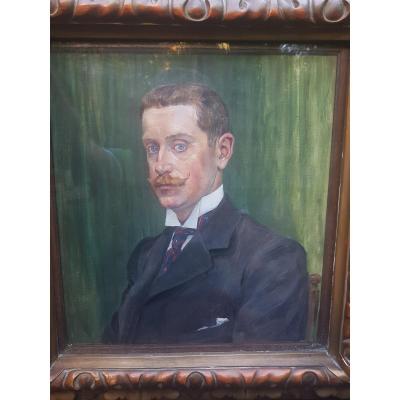





 Le Magazine de PROANTIC
Le Magazine de PROANTIC TRÉSORS Magazine
TRÉSORS Magazine Rivista Artiquariato
Rivista Artiquariato